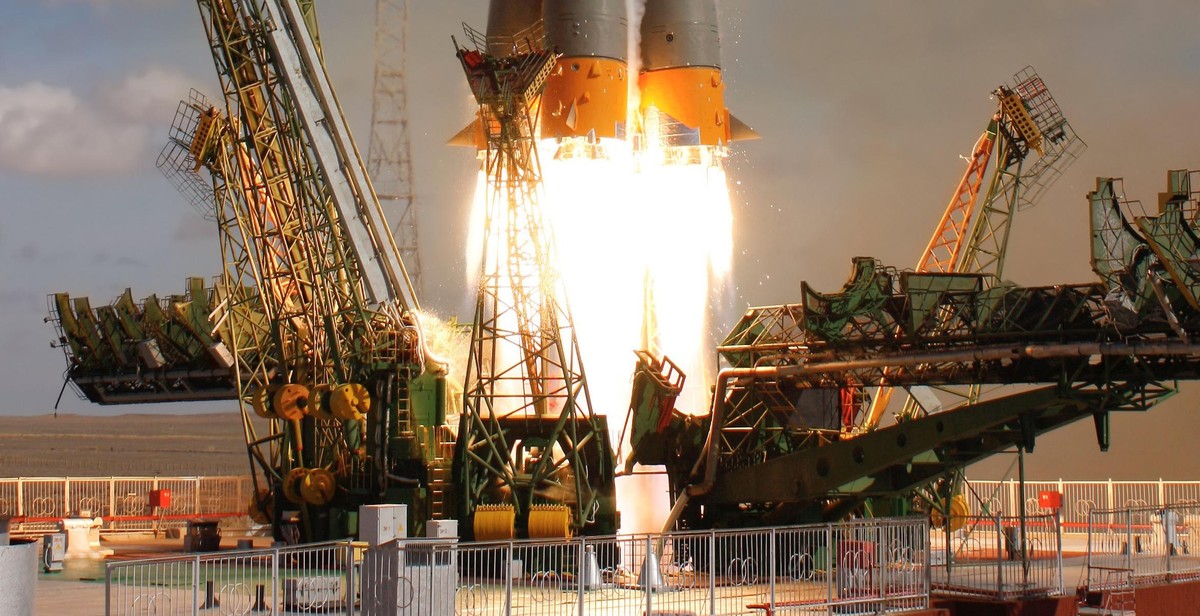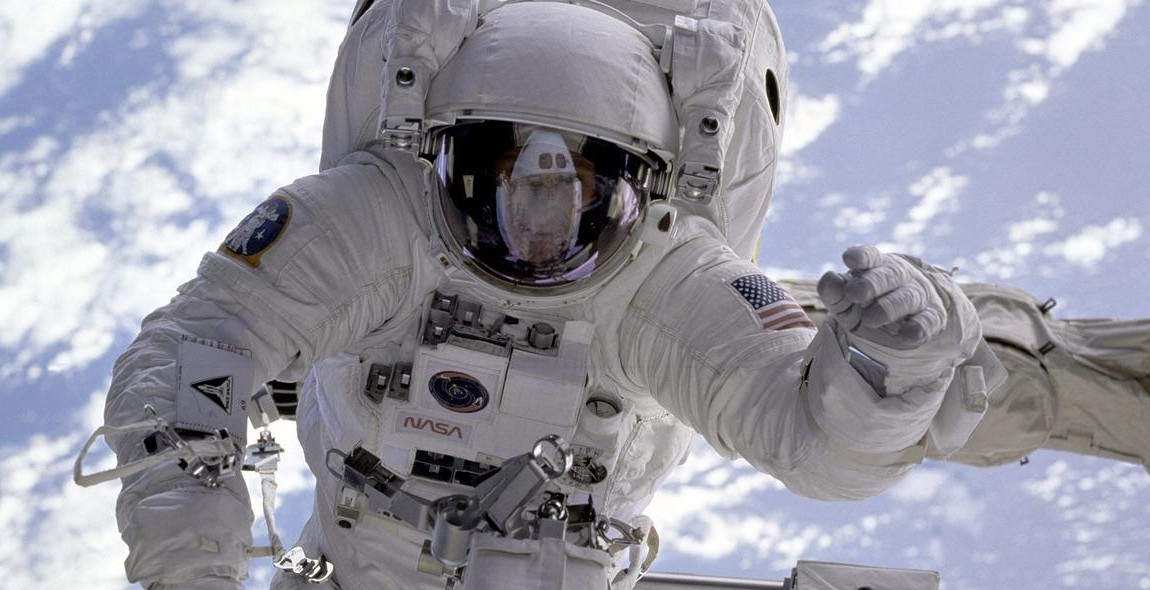Diving into the Science Behind Weightlessness
In the vast expanse of space, where gravity is almost nonexistent, astronauts experience a mesmerizing phenomenon known as weightlessness. This unique condition, often depicted in science fiction movies, is not just a figment of imagination but a genuine physical occurrence. Understanding the science behind weightlessness is crucial for space exploration, as well as for various scientific and medical research conducted in microgravity environments.
Weightlessness, also referred to as zero gravity or microgravity, occurs when the force of gravity acting on an object or a person is greatly reduced. It is experienced by astronauts during space travel, as well as by individuals aboard parabolic flights and those residing in the International Space Station (ISS). Contrary to popular belief, weightlessness is not the complete absence of gravity, but rather a state of continuous freefall around a celestial body, where the gravitational pull is balanced by the centrifugal force of orbiting.
This article delves into the fascinating science behind weightlessness, exploring the principles that govern this phenomenon and the effects it has on the human body. From the fundamental concepts of gravity and acceleration to the complexities of orbital mechanics, we will unravel the mysteries of weightlessness and its impact on space exploration, astronaut health, and the future of scientific research.

What is Weightlessness?
Weightlessness, also known as microgravity or zero gravity, is a phenomenon experienced by objects or individuals when they are in a state of apparent weightlessness. In this state, the sensation of gravity is significantly reduced or eliminated, giving the illusion of floating freely in space.
Contrary to popular belief, weightlessness does not mean the absence of gravity. In fact, gravity still exists in space and is responsible for keeping celestial bodies in their orbits around each other. However, in the absence of a solid surface to push against, the effects of gravity on the human body or objects are not noticeable.
Causes of Weightlessness
Weightlessness can occur in a variety of situations:
- Orbiting around the Earth: Astronauts aboard the International Space Station (ISS) experience weightlessness because they are constantly falling towards the Earth while moving forward at a high velocity. This continuous freefall creates a feeling of weightlessness.
- Parabolic flights: During parabolic flights, aircraft follow a specific trajectory that allows for short periods of weightlessness. By flying in a parabolic arc, the aircraft creates conditions similar to those experienced in space.
- Deep-sea diving: In the depths of the ocean, divers can also experience a sense of weightlessness due to the buoyant force exerted by the water. This force counteracts the pull of gravity, resulting in a feeling of weightlessness.
Effects of Weightlessness
Extended periods of weightlessness can have various effects on the human body:
- Muscle atrophy: Without the need to exert effort against gravity, muscles can weaken and atrophy over time.
- Bone loss: The lack of gravitational stress on bones leads to a decrease in bone density, making them more susceptible to fractures.
- Fluid redistribution: In microgravity, bodily fluids tend to shift towards the upper body, causing a puffy face and skinny legs phenomenon.
- Spatial disorientation: The absence of gravity can cause a sense of disorientation and difficulty in determining up from down.
In conclusion, weightlessness is a fascinating concept that occurs when the sensation of gravity is significantly reduced or eliminated. Whether in space or deep underwater, the effects of weightlessness on the human body and objects can have both positive and negative consequences.

Gravity and Weightlessness
Gravity is a fundamental force that governs the motion of objects in the universe. It is the force that pulls objects towards each other, keeping our feet on the ground and planets in their orbits around the sun. Understanding the concept of gravity is crucial in comprehending weightlessness and its effects on the human body.
Effects of Gravity on Earth
On Earth, gravity exerts a constant force on all objects, giving them weight. This force is what keeps us grounded and determines the amount of force we need to exert to move or lift objects. The strength of gravity is directly proportional to the mass of an object, meaning that larger objects have a greater gravitational pull.
Gravity also affects our bodies in various ways. It compresses our spines, causing us to be slightly shorter at the end of the day compared to when we wake up. It also affects our circulation, as blood is pulled towards our lower extremities. Additionally, gravity influences our bone density, muscle strength, and overall physical well-being.
Experiencing Weightlessness in Space
When astronauts venture into space, they experience a unique phenomenon called weightlessness. In space, the force of gravity is greatly diminished, resulting in a sensation of floating. This occurs because astronauts and their spacecraft are in a state of continuous freefall around the Earth, constantly accelerating towards it but never reaching the surface.
During space travel, astronauts can perform incredible feats that are impossible on Earth due to the absence of gravity. Objects can be effortlessly manipulated and moved, and astronauts themselves can float freely within their spacecraft. This weightless environment allows for scientific experiments and exploration that would be unattainable under the influence of Earth’s gravity.
However, it is important to note that weightlessness also has some negative effects on the human body. Extended periods in space can lead to muscle atrophy, bone loss, and cardiovascular deconditioning. Countermeasures, such as exercise routines, are implemented to mitigate these effects and maintain astronaut health during space missions.
Overall, understanding the relationship between gravity and weightlessness provides valuable insights into the nature of our universe and the challenges faced by astronauts in space exploration.

The Science Behind Weightlessness
In the realm of space exploration, weightlessness is a fascinating phenomenon that has captured the attention of scientists and researchers for decades. It is experienced in two main scenarios: freefall and orbiting. Let’s delve into the science behind weightlessness and explore its physical effects on the human body.
Freefall and Microgravity
Freefall occurs when an object, such as a spacecraft, is in a state of constant acceleration due to gravity. In this state, the sensation of weight is eliminated, resulting in a feeling of weightlessness. This condition is also known as microgravity. Astronauts aboard the International Space Station (ISS) experience microgravity as they continuously fall towards the Earth while moving forward in orbit.
Orbiting and Zero Gravity
Orbiting refers to the path a spacecraft takes around a celestial body, such as the Earth or the Moon. In orbit, the gravitational pull of the celestial body and the centrifugal force acting on the spacecraft cancel each other out, resulting in a state of zero gravity. This absence of gravitational force leads to a weightless environment, where objects and individuals float freely.
Physical Effects on the Human Body
Weightlessness has profound effects on the human body. Without the constant force of gravity, the body experiences skeletal and muscular changes. Bones lose density and weaken, while muscles atrophy due to the reduced need for support against gravity. Additionally, bodily fluids redistribute, leading to changes in blood volume and pressure. These alterations pose challenges for astronauts during prolonged space missions and require countermeasures to mitigate their effects.
Research and Discoveries in Microgravity
Microgravity provides a unique environment for scientific research, allowing scientists to study various phenomena that are not easily observable on Earth. It has paved the way for breakthroughs in fields such as physics, biology, and materials science. Researchers have conducted experiments on crystal growth, combustion, plant growth, and even the behavior of fluids. These studies have led to a deeper understanding of fundamental principles and potential applications in various industries.
Applications and Benefits of Weightlessness
Space Exploration and Research
The concept of weightlessness plays a crucial role in space exploration and research. Astronauts experience weightlessness in space due to the absence of gravity, allowing them to conduct experiments and observations that are not possible on Earth. This unique environment enables scientists to study the effects of microgravity on various physical and biological processes, such as fluid dynamics, combustion, and the behavior of living organisms. Understanding these phenomena contributes to advancements in space technology and the development of more efficient spacecraft.
Technology Development
Weightlessness also plays a significant role in the development of technology. The challenges posed by the absence of gravity in space require engineers and scientists to design innovative solutions. This includes the creation of specialized equipment and tools that can operate effectively in a weightless environment. By pushing the boundaries of technology in space, these advancements often find applications on Earth, leading to improvements in fields like robotics, materials science, and telecommunications.
Health and Medicine
Weightlessness has proven to be valuable in the field of health and medicine. Studying the effects of weightlessness on the human body provides insights into conditions such as muscle atrophy, bone density loss, cardiovascular changes, and immune system alterations. These findings contribute to the development of countermeasures to mitigate the negative effects of prolonged weightlessness, not only for astronauts but also for patients with similar conditions on Earth. Additionally, the unique environment of weightlessness allows for the testing of experimental medical procedures and drugs, potentially leading to breakthroughs in healthcare.
Education and Inspiration
The concept of weightlessness has captivated the imagination of people around the world, inspiring generations to explore the mysteries of space. The awe-inspiring experiences of astronauts floating effortlessly in space serve as a powerful educational tool, sparking curiosity and encouraging interest in science, technology, engineering, and mathematics (STEM) fields. Weightlessness also provides a unique platform for conducting educational experiments and demonstrations, giving students the opportunity to witness the principles of physics firsthand and fostering a passion for scientific discovery.
Conclusion
In conclusion, diving into the science behind weightlessness has revealed fascinating insights into the effects of zero gravity on the human body and the technological advancements required to overcome the challenges of space exploration. Through extensive research and experimentation, scientists have been able to unravel the mysteries of weightlessness and its impact on various physiological systems.
One of the most significant findings is the detrimental effect of long-term weightlessness on bone density and muscle mass. This knowledge has prompted the development of innovative exercise regimes and nutritional interventions to counteract these negative effects during space missions. Additionally, understanding the changes in cardiovascular function and fluid distribution in microgravity has led to improved countermeasures and preventive measures for astronauts.
Furthermore, the study of weightlessness has paved the way for groundbreaking advancements in space technology. The development of specialized spacecraft and space stations, such as the International Space Station (ISS), has provided an invaluable platform for conducting research in a microgravity environment. This has not only contributed to our understanding of weightlessness but also facilitated experiments in various scientific disciplines, including physics, biology, and materials science.
Moreover, the knowledge gained from studying weightlessness has far-reaching implications beyond space exploration. It has led to advancements in medical research, rehabilitation techniques, and the development of new technologies on Earth. The insights gained from studying the effects of zero gravity on the human body have helped scientists better understand certain medical conditions and develop innovative treatments.
In essence, diving into the science behind weightlessness has expanded our understanding of the universe and pushed the boundaries of human exploration. The ongoing research in this field will continue to unravel new discoveries, enhance our technological capabilities, and shape the future of space exploration and life on Earth.
